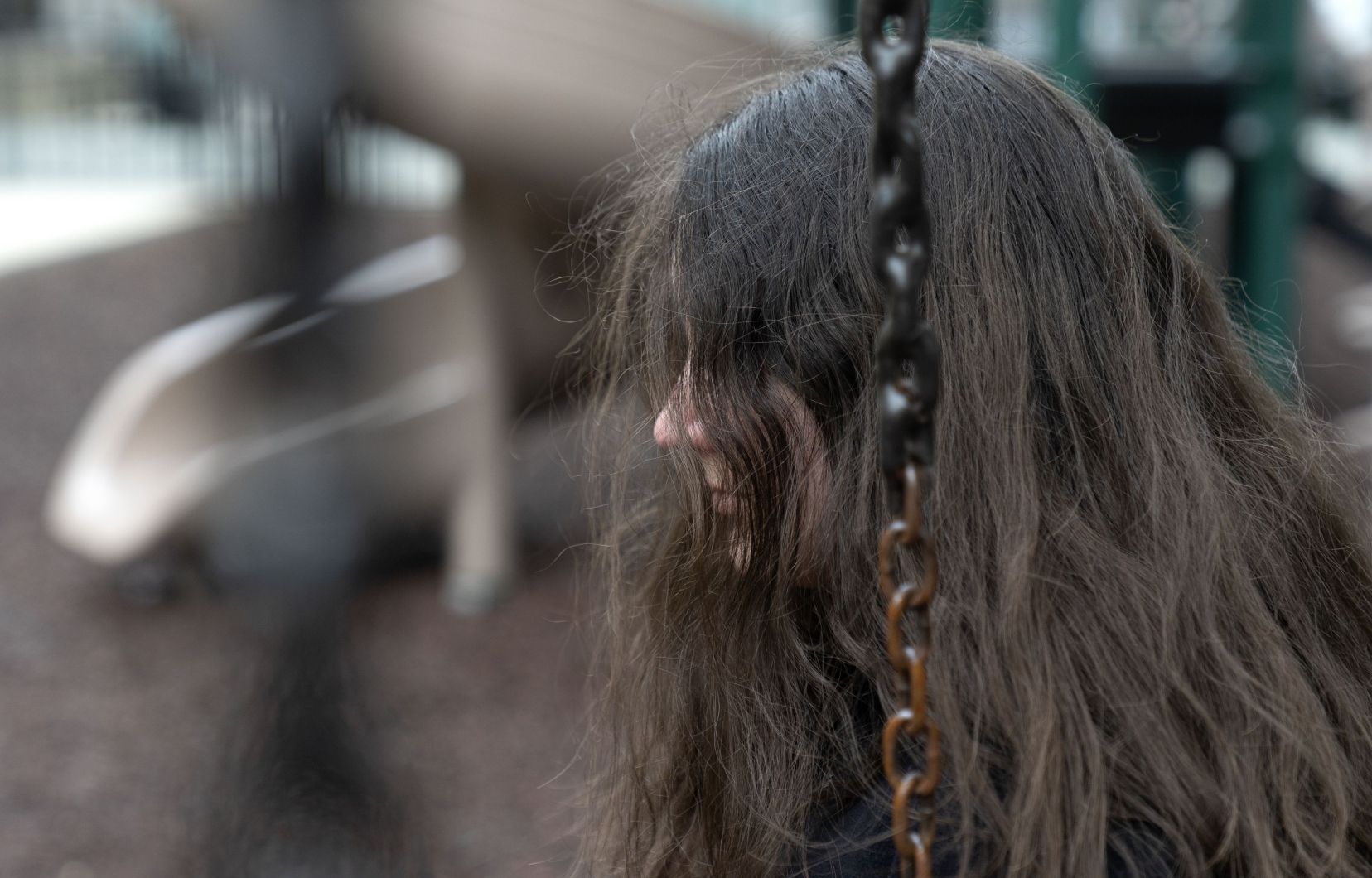A Sherbrooke high school is advising young people to “change their appearance” and pay attention to their personal hygiene to stop the bullying they are allegedly subjected to. A strategy that goes against the grain and provokes strong reactions, but which remains an “honest” error, according to the school service centre.
“Sometimes, a simple change in your appearance (style, clothing, makeup, etc.) can be enough to stop bullying,” reads a capsule entitled “strategy of the week to deal with violence and bullying at school” that can be found in the agenda of a Sherbrooke high school. “Also pay attention to your hygiene: clean hair and clothes, and wear a strong antiperspirant that lasts all day.”
David Bessette couldn’t believe his eyes when his daughter showed him this advice, which she had highlighted in her diary. “To her, it was so ridiculous, such a stupid piece of advice that she found it funny,” David Bessette told the Duty.
“As parents, we were really proud of her for being able to see for herself that it was wrong. But the teacher side of us was like, ‘Well, what is this?’ We were really angry to find this in a diary, in the hands of students.”
Mr. Bessette shared a screenshot of the advice on his Facebook page, a post that prompted hundreds of comments from outraged Internet users.
Out of context
Researcher Isabelle Ouellet Morin of the Université de Montréal was “a little outraged” to discover that elements of the + Fort application, which she developed with a team of researchers to help young victims of bullying, had been used in a school diary, without context or support. “It’s a strategy that was taken from the application that I designed, which was modified and published in a school diary without my consent,” she says from the outset.
The application presents about fifty strategies, which were named by young people themselves. The aim, in a support process over several weeks, is to encourage young people to think about it so that they can determine for themselves what works and what doesn’t. And this, with the ultimate goal of getting them to consider winning strategies for which they were not ready at the start.
In the case of more controversial strategies, such as this one, we make sure to make warnings to remind young people that “it’s not your fault if you experience bullying.” Warnings that were not reproduced in the agenda. The elements on personal hygiene are also not included in the original strategy.
Taken out of context, as is the case in this capsule, there is reason to be indignant, the researcher acknowledges. “It created a tide of negative reactions, and rightly so,” she sighs. But above all, it could be detrimental to young people. “It risks being interpreted as an accountability for the experience of bullying,” deplores the researcher, who hopes that the school will come and correct the situation by engaging in a discussion with young people.
“I think it’s an unfortunate incident. […] because it completely distorts the intervention process that was developed within the application, she explains. But at the same time, with a step back, I find that it shows the great need for support for school stakeholders.
For 4 years
At the Sherbrooke school service centre, they recognize that this is an error. An error that has been reprinted for four years in the school agenda without anyone paying attention to it. “We are trying to untangle the story, because it has been in the agenda since the 2021 school year,” explains Donald Landry, from the communications department.
At the time, he explains, a spiritual life facilitator full of “good faith” had these anti-bullying strategies put in the agenda, without necessarily having read everything. “From the moment we see that it started from an initiative that was intended to be positive but which clearly […] was not good, we can only do better for the future.”
He assures that these tips will be removed from the agenda next year and leaves it up to teachers who wish to have the appropriate conversations with their students on the subject.
